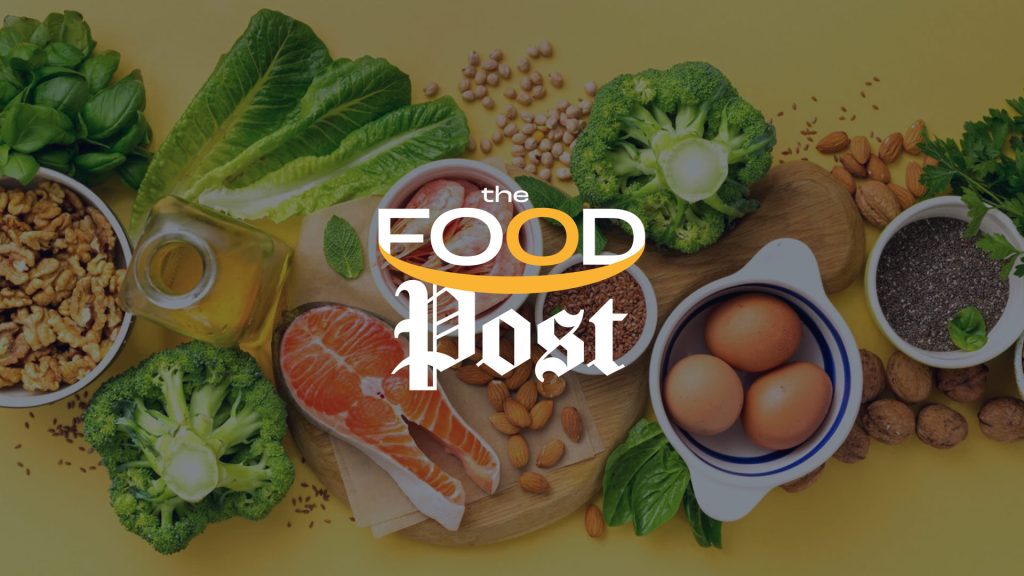An expert has urged vigilance to keep ever-changing and emerging viruses out of food.
Jeffrey LeJeune said it is not possible to predict the type, timing or location of the emergence of the next important foodborne virus. However, actions and behaviors related to personal and food hygiene, sanitation and safe food handling practices can reduce the likelihood and impact of known and emerging viruses on the safety of the food supply and human health.
Viruses causing foodborne diseases may be zoonotic in nature such as Hepatitis E or may only infect humans such as norovirus and Hepatitis A virus. Some viruses that contaminate foods contribute to considerable morbidity and substantial public health and economic burdens.
The World Health Organization (WHO) and UN Food and Agriculture Organization (FAO) have held several recent meetings on viruses. Experts found norovirus was the leading cause of viral foodborne illness, followed by Hepatitis A and Hepatitis E viruses.
Role of risk assessment
Likelihood of infection following consumption depends on the virus, the host, and environmental conditions — all factors that are not static. The threat that viruses pose to food safety can be assessed through microbiological risk assessment. This four-step process involves hazard identification, exposure assessment, hazard characterization and risk characterization.
In hazard identification, two criteria are essential. One, the hazard occurs or is likely to occur in food and two, it poses a health hazard to a population. Subsequent steps are used to determine how likely it is that the hazard will be encountered and the severity of disease it could cause in a given population.
In a review published in Food Microbiology, LeJeune said when identifying hazards, it is important to recall that detection of a virus or viral components such as nucleic acids in a food matrix is not enough to confirm foodborne transmission of viruses.
The consequences of viral contamination of foodstuffs range from no effects to serious illness and death. Contamination can occur anywhere from production to consumption where there is contact between food and contaminated surfaces, especially the hands of food workers and equipment.
LeJeune said asymptomatic carriage by food producing animals and food workers is particularly problematic as screening and excluding carrier animals from harvest poses difficulties and workers who do not know they are ill and spreading a virus may have less vigilant personal hygiene practices than sick people who have been recently reminded about their potential to transmit diseases.
A changing picture
Transmission of viruses from one host to another can occur via several ways such as direct contact, aerosol, through exchange of blood and other biological fluids, as well as through food. Foodborne viral disease does not require fecal-oral transmission and does not always cause typical symptoms of digestive upset. An example of this is Hepatitis E, as the gastrointestinal signs of infection may be mild or even absent despite serious effects on the liver.
Viruses may enter the body orally, from a food source, but not result in infection despite being present in the digestive tract. Avian influenza virus has been reported in chicken meat, and SARS-CoV-2 has been found on a variety of foods and food packaging but these viruses have not conclusively been linked to foodborne transmission.
LeJeune said cell-based foods could be more conducive to adaptation by viruses as they are made from cultured animal cells that lack many of the immunologic mechanisms to control viruses in live animals. He said there is a need for strict biosecurity in production, including the sourcing and treatment of biological inputs and protection from contamination during culturing and manufacturing.
Detection and enumeration of viruses in foods has technical challenges and often data are not available. Control measures should focus on prevention of contamination and adequate cooking. A challenge for control is when products are intentionally consumed raw or undercooked, for example, shellfish, fresh fruits, berries, and vegetables.
LeJeune said viruses that were previously thought to be of little significance may emerge as leading causes of foodborne illness in the future.
“The identification of new and previously unrecognized viruses in our food supply and their association with foodborne illness is anticipated, either because of advances in technology to detect them or their emergence to prominence in food systems,” he said.
(To sign up for a free subscription to Food Safety News, click here.)

